
Photo: pshab/Flickr
Just beyond the coastguard station at the end of the promenade at Crosby Beach, in Liverpool, is a flat stretch of sand littered with broken bricks, stones, mortar, marble, tilework and more, rendered smooth and round by the action of waves over many decades. It looks like construction rubble, but there is a deep history in these pulverized, glassy bricks.
From August 1940 to May 1941, Liverpool was pounded by the Luftwaffe, Nazi Germany’s air force, as part of The Blitz, where the Germans conducted mass air attacks against major industrial and military targets, as well as strategic towns and cities, across the United Kingdom. Liverpool was targeted because of its port, which was the largest on the west coast and of significant importance to the British war effort. Liverpool became the second hardest hit after London during The Blitz, with 4,000 dead and 70,000 people made homeless. The bombing flattened over 6,500 houses as well as thousands of shops, offices, hospitals and factories.
After the war ended, the city began clearing its streets of rubble and dumped them on Crosby Beach as a barrier to prevent coastal erosion, where it remains today. Walking along this 2km-long coast, one can still pick out the beautifully carved stones and brickwork that once adorned Liverpool’s banks, offices, hotels, and residential buildings.
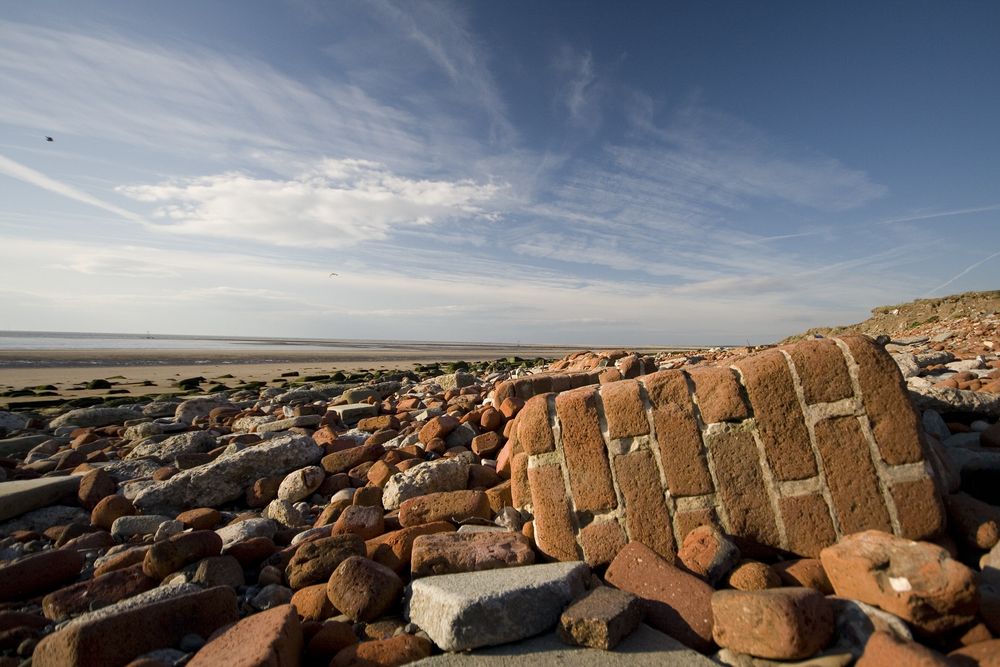
Photo: Sarah Thomo/Flickr
“Every stone comes from a bombed building, every brick comes from a bombed house, perhaps from a house where people died. And so this long field of stones and bricks is a war memorial,” writes Liverpool historian and writer David Lewis.
For the past couple of years, an archaeology student at the University of Durham, Emma Marsh, has been trying to identify the origin of thousands of pieces of debris on Crosby Beach.
“I can see people's lives, people's homes amongst this rubble,” Marsh told BBC.
Whenever she finds something interesting, like elaborate masonry or lettering, she uses photogrammetry to document the objects in 3-D. Then she uses Twitter to announce her finds, and within minutes people who have lived in Liverpool all their life and know the style of architecture offer her help. Cross-referencing that information with her own research that includes aerial footage archives, as well as search engine street views and her own photographs, has enabled Marsh to recreate Liverpool’s lost buildings one brick at a time.
Despite the significance of this rubble, many visitors are unaware of the history. Those who are, will often take away pieces as souvenirs.
“I really want there to be signs put up at the beach,” Marsh says. “If you don’t know what the rubble is before you go there, you won’t know.”
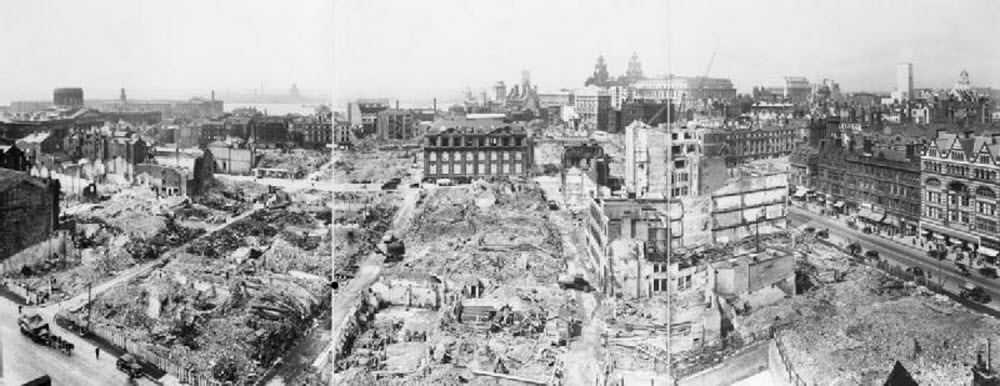
A panoramic view of Liverpool after the bombings.

Photo: Allan Rostron/Flickr
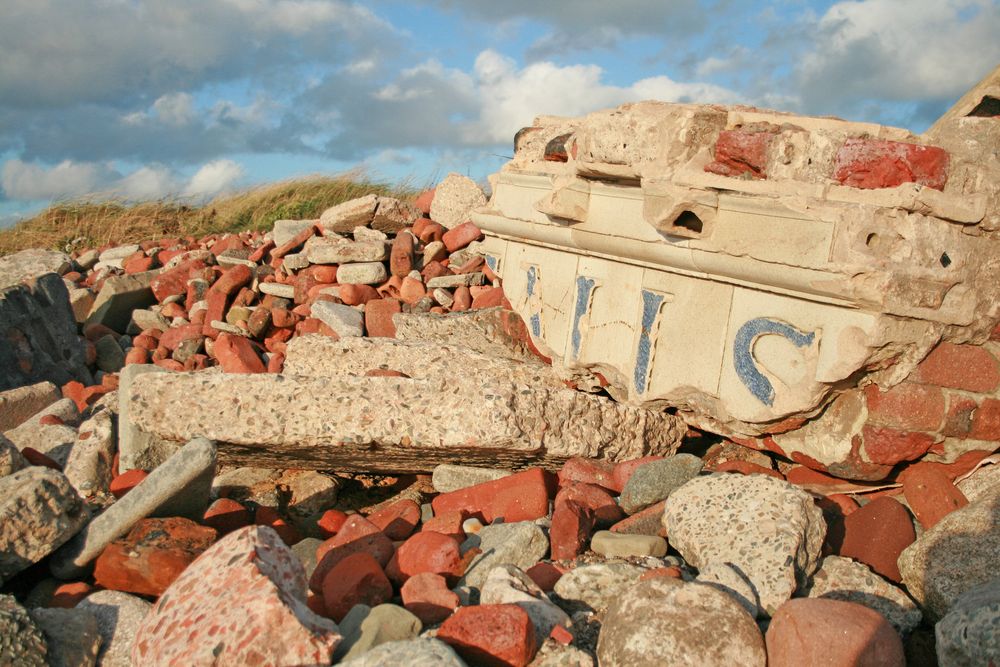
Photo: Sarah Thomo/Flickr
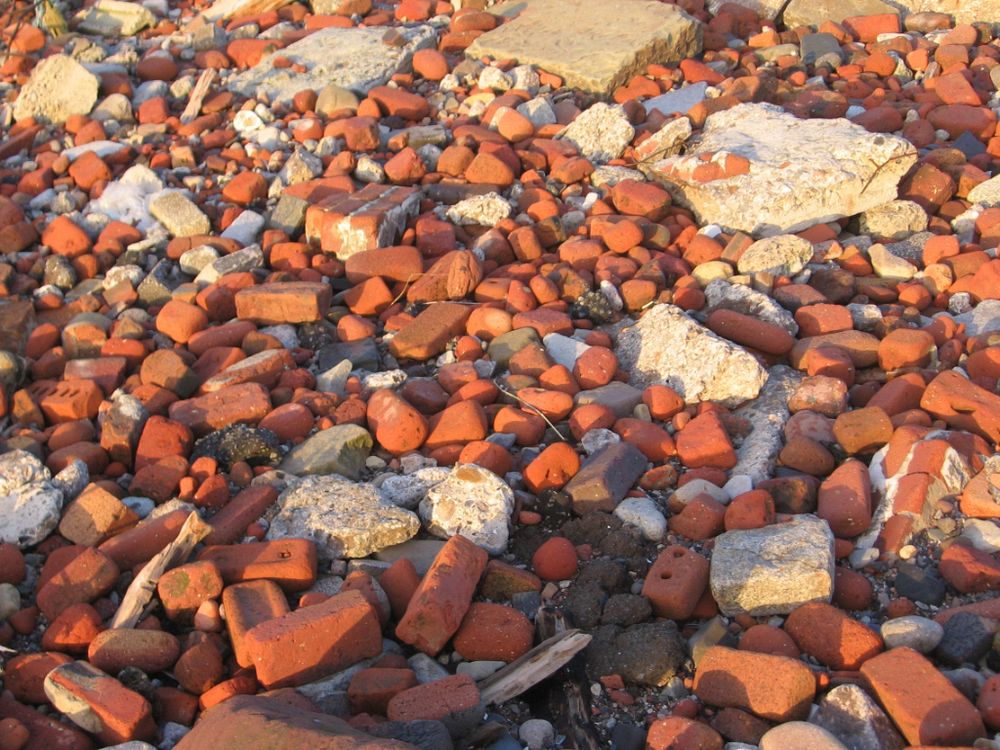
Photo: pshab/Flickr
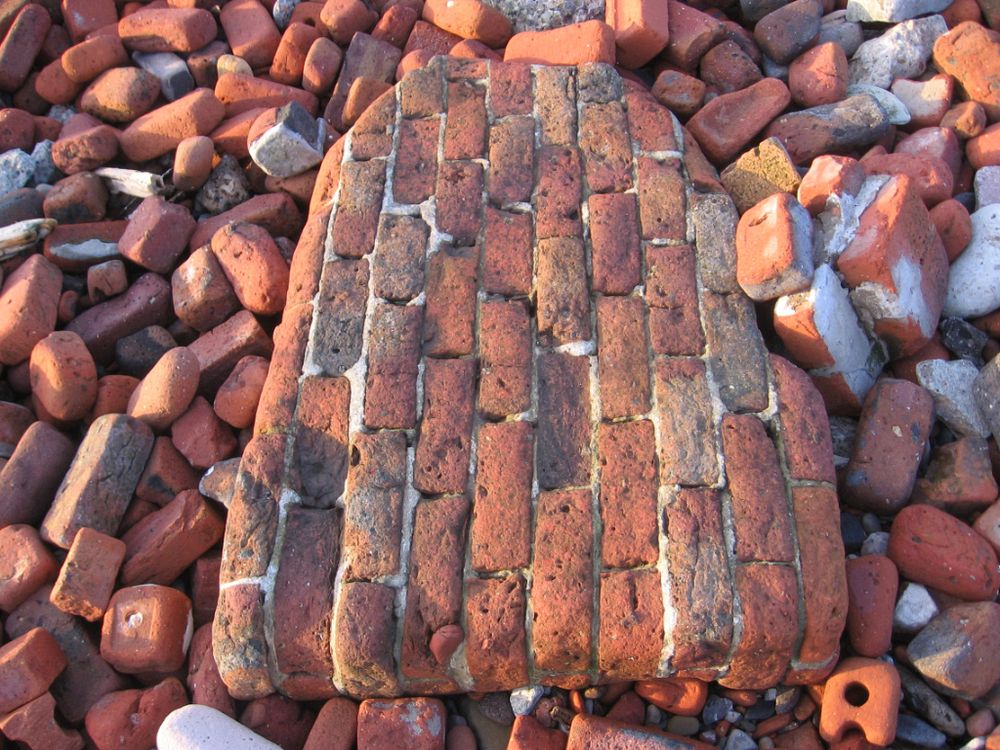
Photo: pshab/Flickr
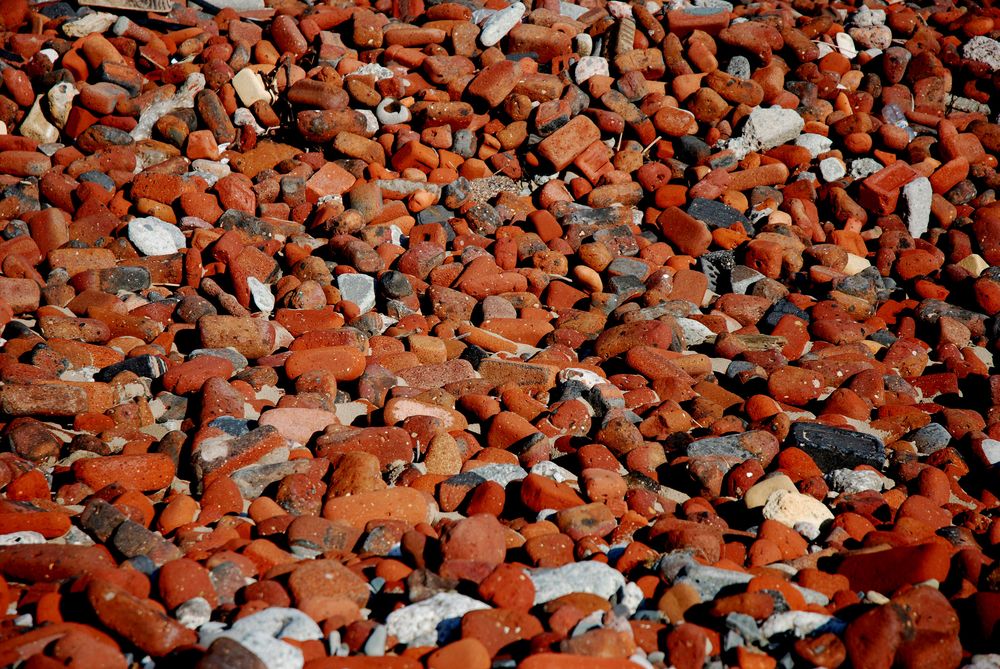
Photo: milknosugar/Flickr



Comments
Post a Comment